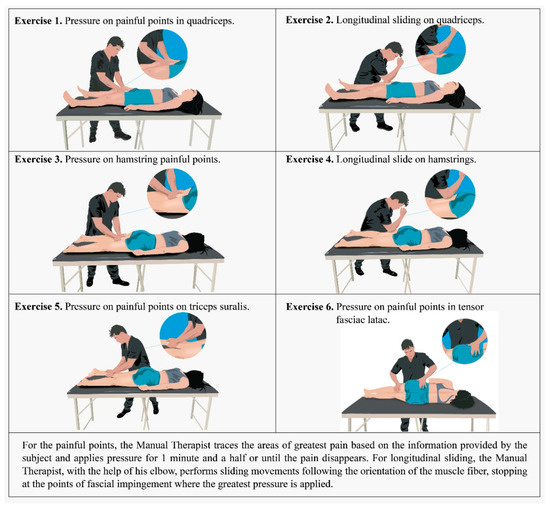Effective Myofascial Treatment Methods for Physical Therapy
Effective Myofascial Treatment Methods for Physical Therapy
Blog Article
Myofascial release is a physical therapy technique that focuses on reducing tightness in the fascia, which is the supportive tissue surrounding muscles and internal structures. This technique is based on the idea that restriction in the fascia can lead to discomfort and limited mobility. By applying gentle, sustained pressure to targeted points, therapists can help release these tight spots, allowing for better circulation and increased flexibility. This method is particularly beneficial for individuals suffering from long-term discomfort, athletic injuries, or rehabilitation after surgery, as it promotes recovery and enhances overall well-being.
One effective myofascial release technique involves the use of manual pressure to target specific areas of tightness. Therapists often use their hands, palms, or elbows to apply pressure to the fascia, holding it for a few moments until a release helpful hints is felt. This technique can be performed on various parts of the body, including the spine, cervical region, and lower limbs. Another method is the use of foam rollers or massage balls, which individuals can use at home to apply pressure to their own fascia. These tools help to reduce knots and improve flexibility, making them a valuable addition to any physical click to read more therapy routine.
Incorporating myofascial release into a physical therapy program can lead to notable benefits in movement and pain relief. Patients often report feeling more at ease and less tense after sessions, which can enhance their overall well-being. Additionally, myofascial release can work alongside other therapeutic techniques, such as stretching and strengthening exercises, creating a comprehensive approach to rehabilitation. By understanding and applying these effective techniques, individuals can take active measures toward recovery and maintain a healthier, more dynamic way of living.